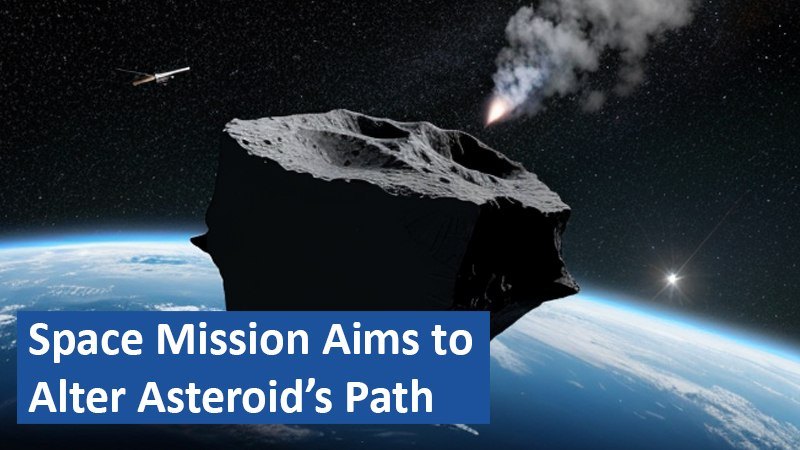A new space mission could potentially change the course of asteroids, significantly reducing the threat they pose to Earth. In October, the European Space Agency (ESA) will launch “Hera,” the second phase of a mission that may pave the way for asteroid deflection. This initiative follows NASA’s successful “DART” impact, which altered the orbit of a distant asteroid.
By John Adams
The Rise of Planetary Defense

Asteroids are no longer the looming threat they once were, thanks to ongoing advancements in planetary defense. The “Hera” mission by ESA, set to launch soon, is designed to study the aftermath of NASA’s previous “DART” mission. Named after a Greek goddess, this mission aims to assess the damage caused by the impact on the asteroid Dimorphos, a smaller body in a binary asteroid system. Researchers hope that these findings will help improve future asteroid redirection efforts.
What “Hera” Will Investigate
Hera’s primary objective is to analyze how the NASA probe’s collision affected Dimorphos. Scientists want to know if the asteroid’s surface has been reshaped or if a crater has formed. The mission will also gather data on the asteroid’s mass and composition. Detlef Koschny, a planetary exploration expert, believes this research is a crucial step toward protecting Earth from future impacts. The gathered data will contribute significantly to the ongoing study of planetary defense.
NASA’s Successful “DART” Impact
NASA’s “DART” mission, which launched in November 2021, proved that it’s possible to alter an asteroid’s path. In September 2022, the probe struck Dimorphos at a speed of 4 miles per second. This impact changed the asteroid’s orbit, demonstrating that a similar approach could be used to deflect potentially hazardous asteroids. According to Koschny, this is the dawn of a new era, where humans have the ability to defend Earth from extraterrestrial threats.
The Future of Space Safety
Following “Hera,” ESA is already preparing another asteroid mission, “Ramses.” Scheduled for 2029, this mission will study the asteroid Apophis during its close flyby of Earth. Apophis, measuring over 1,200 feet across, will pass within 20,000 miles of Earth—an extraordinarily close distance in space terms. As space agencies continue to enhance their asteroid defense systems, these missions mark a pivotal moment in humanity’s efforts to protect the planet from catastrophic impacts.
As these missions demonstrate, the future of planetary defense is bright, with groundbreaking discoveries just on the horizon.
Based on information from www.rnd.de and own research.